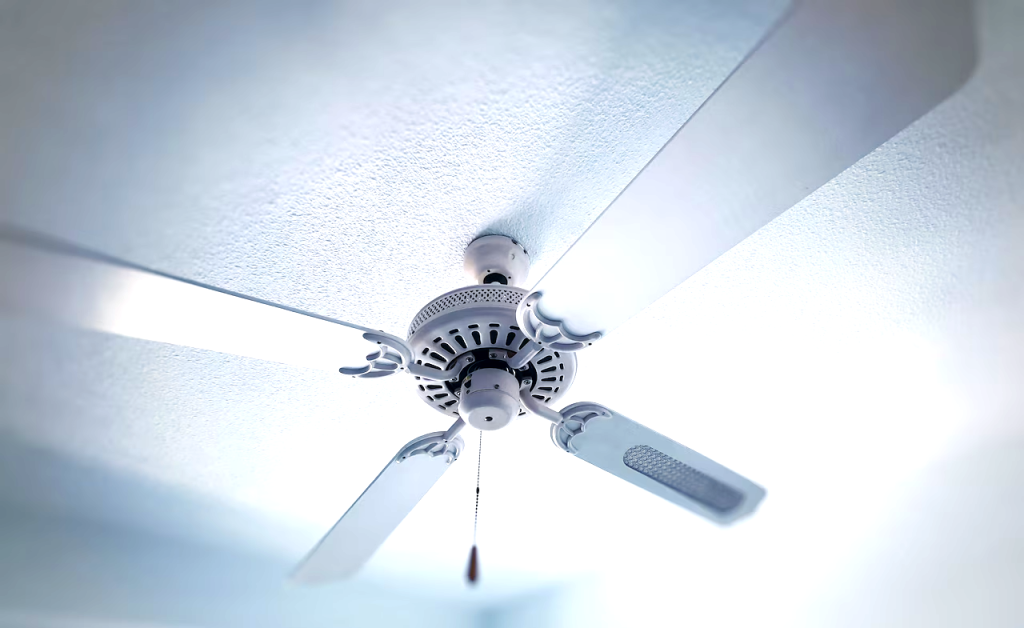By Leada Gore
Cold weather means it’s time to adjust your ceiling fan and – hopefully – save a little on heating bills.
In the summer, ceiling fans should operate counterclockwise to circulate the air in a room to create a draft. In the winter, the direction should be reversed to clockwise and set on a low speed to move warm air from the ceiling to the living levels of the space. Typically, changing the direction can be done by flipping a switch on the fan itself.
You should be able to adjust your thermostat down a few degrees when using your ceiling fan, saving some on energy bills. According to the Department of Energy, changing the direction of the blades on a fan can save up to 15% on winter energy bills and up to 30% on summer costs.
Ceiling fans are only appropriate in rooms with ceilings at least 8 feet high and work best when the blades are 7-9 feet above the floor and 10-12 inches below the ceiling. Fans should be installed so their blades are no closer than 8 inches from the ceiling and 18 inches from the walls, according to the Department of Energy.










